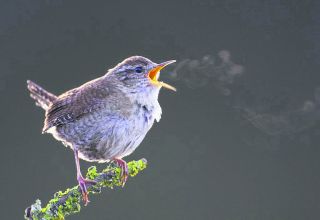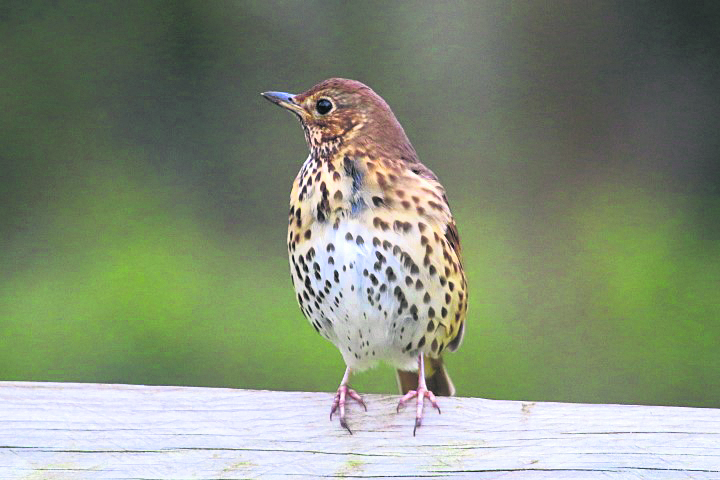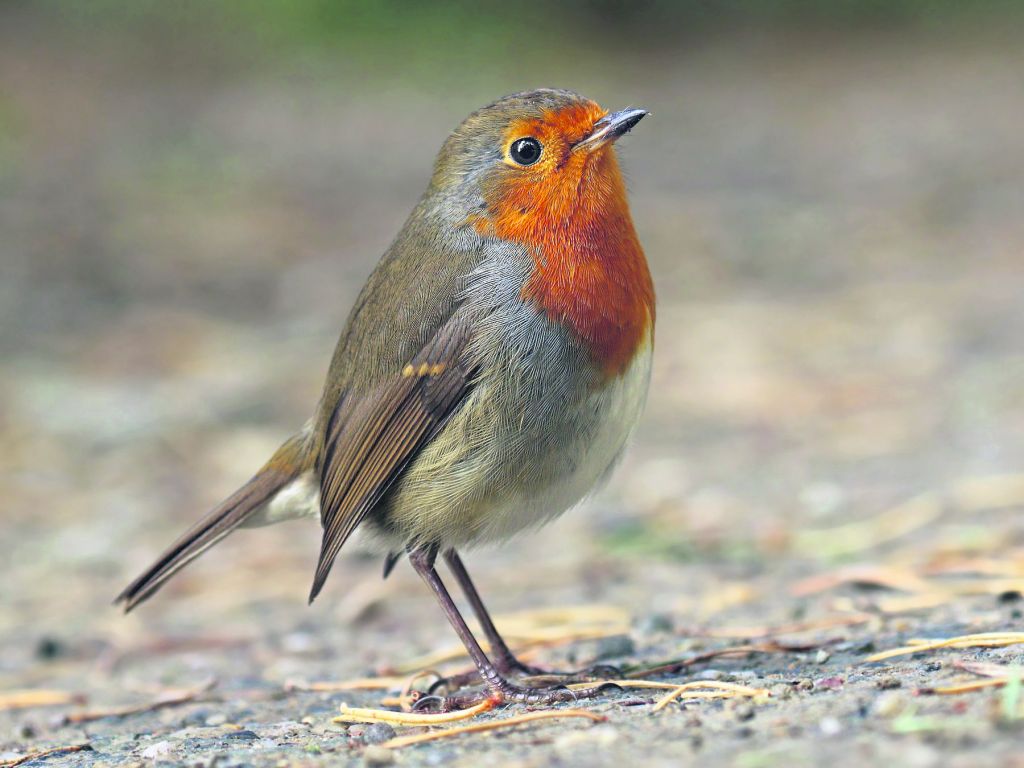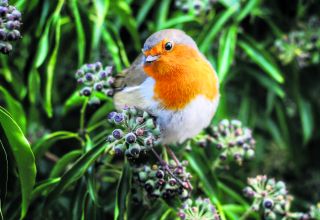
Enjoy the sound of birds serenading the break of day… but why do they do it?
The dawn chorus is one of the most magical experiences in nature: a multitude of birds of many species all singing together in harmony as morning breaks and light begins to fill the skies.
It is the natural world’s most impressive and renowned ‘concert’.
With a couple of rare exceptions, birdsong is an activity that is limited to the spring and early summer.
It may sound like beautiful music to our ears, but to the birds it is something quite different. At its most simple, it is a way for rival males (for it is just the male of the species that sings in the vast majority of cases) to fight and resolve conflicts without directly coming to blows, and also a means by which they can impress and attract a mate.
Essentially, the louder and stronger your song, and the more time you spend singing it, the better the territory that you can claim and the higher the chance of a female choosing to mate with you.
There is also a school of thought that says birds sing most in the mornings because sound carries further, linked to the lack of general noise and the density of the air at that time.
The dawn chorus may dip in intensity during the breeding season, mainly during the short mating periods and again when the young are being cared for. There simply isn’t enough time in the day to defend/mark their patch and tend to the young! In Britain during high summer, the dawn chorus starts as early as 4am. The first birds to stir are usually blackbirds, robins and wrens. Singing then pretty much stops altogether when the breeding season is over.
“Essentially, the louder and stronger your song, and the more time you spend singing it, the better the territory that you can claim and the higher the chance of a female choosing to mate with you.”
There is a lot more going on during the dawn chorus than might not initially meet the ear. For example, not many people realise that the order in which the birds start to sing each day is far from random: those birds with larger eyes start to sing earlier than those with smaller eyes. Larger eyes bring better light-gathering ability, meaning that a bird with large eyes can see sufficiently well in the low early dawn light to allow it to spot any predators that might be attracted by its song. Those birds with smaller eyes need to wait until the sky is brighter before they can safely sing.
For the most part, it is the males that sing – a consistently repeated pattern of tones, mostly from an elevated or conspicuous spot within their territory or breeding area. Some birds, such as buntings and skylarks, sing on the wing. While birds usually do not sing around their nests, a few sing a quiet ‘whisper song’ that can be heard only within a few yards. For a few species, the female also occasionally breaks into song such as robins, tawny owls, dotterels and red-necked phalaropes.
The songs of birds are learned, not inherited. Within a couple of months, fledglings develop a ‘subsong’ that matures into an adult primary song in around a year or so as they reach breeding maturity. From this learnt behaviour, a number of species have a varying number of songs and calls.
Which birds wake up first?
- Worm eating birds such as skylarks, song thrushes, robins and blackbirds are the first to sing compared with the insect eating wrens and warblers which start later. Once the light levels start to rise it is often hunger that drives the birds to stop singing and look for food instead.
- Species such as tree sparrows and blue tits tend to prefer singing at dusk. This evening chorus is quieter
- Dawn falls about 30 minutes before sunrise and some birds can start singing in what is called’ the astronomical twilight’-just ahead of that.
- In late spring as April moves into May the chorus will start in the west country at 4am.
TOP OFTHE CHARTS

Blackbird 
House sparrow 
Chaffinch 
Wren 
Song Thrush 
Robin
Robin
From first light the robin gives a liquid song that trickles and gurgles, often leaping from very high notes down to low ones and back again.
Blackbird
Has a mellow baritone voice which offers beautiful verses with tuneful whistles but which often ends with a few squeaky high-pitched notes.
House sparrow
Won’t win any prizes for its song. All it can really manage is a few sets of variations of its ‘chip’ call.
Chaffinch
A sprightly song with the same verse repeated over and over again with a few seconds in between.
Wren
Each verse is about five seconds long sung with astonishing volume for such a tiny frame.
Song Thrush
Sadly far fewer of us get to hear this wonderful song beautiful and distinctive with a short phrase repeated two three or four times.











